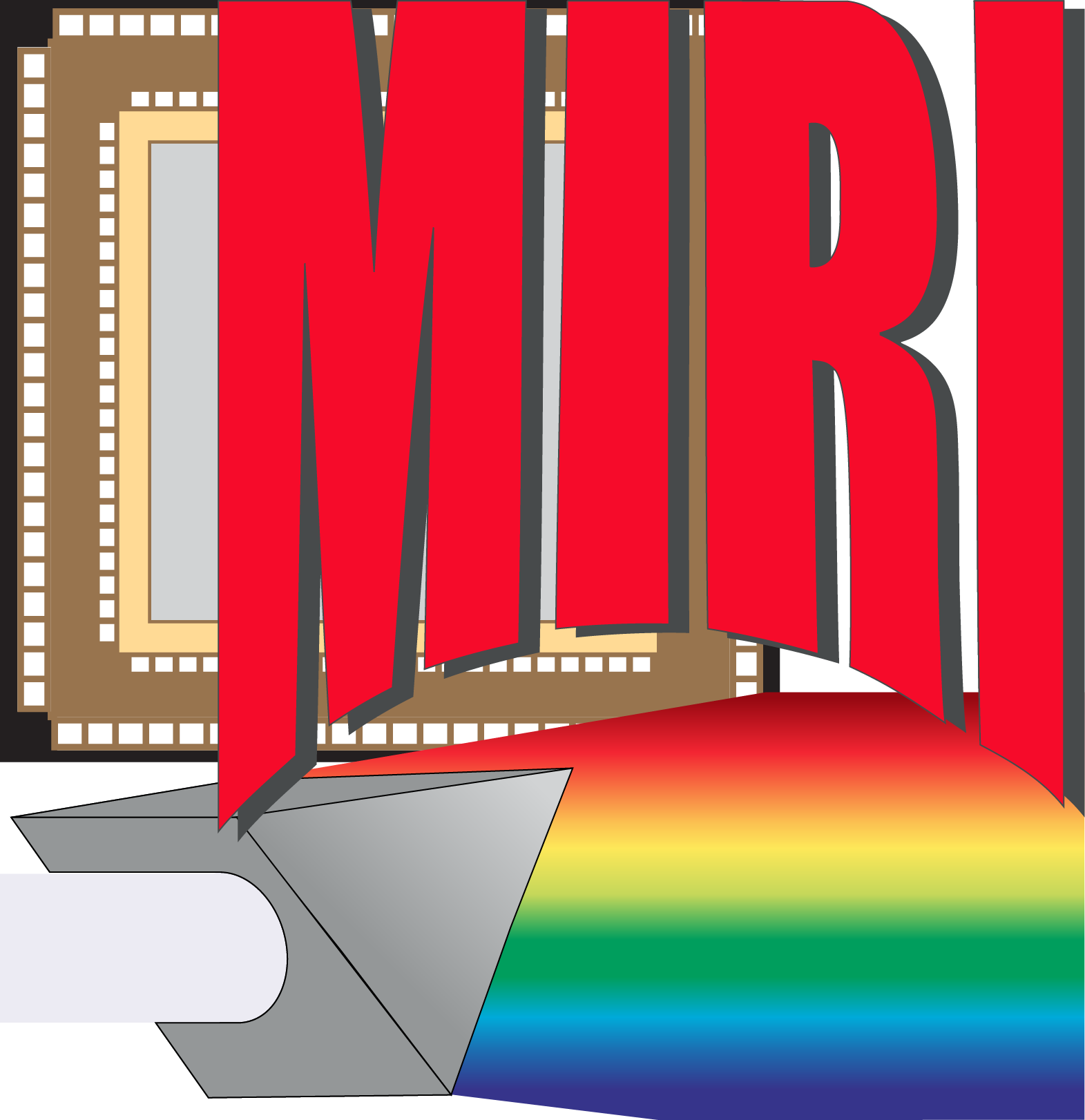





Meet The Team
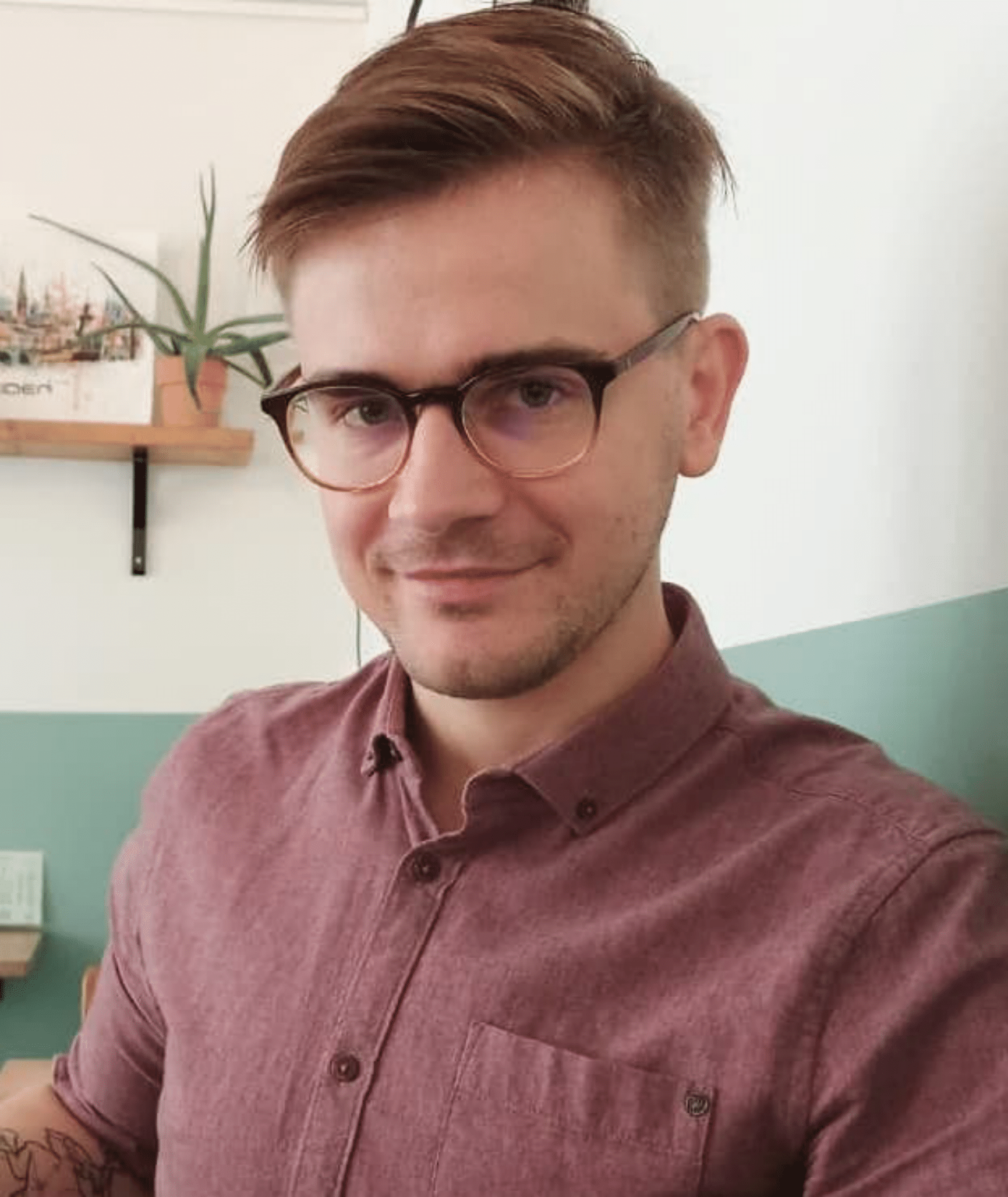
Łukasz Tychoniec
Łukasz Tychoniec is an expert in MIRI/MRS observations. He is associated with MIRI European Consortium since 2017 as a member of protostellar science group JOYS. His scientific expertise is in the area of star and planet formation, protostellar jets and outflows, and astrochemistry. More info is available on his personal website.
Contact: lukasz.tychoniec[at]gmail.com
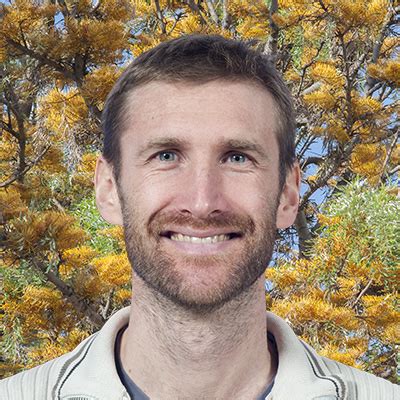
Nicolas Crouzet
Nicolas Crouzet is an expert in the detection of transiting exoplanets and in the study of their atmosphere. He uses ground- and space-based telescopes including the JWST. He has a background in astronomical instrumentation and developed instruments to conduct his research. He joined the NOVA MIRI team in March 2022.
Contact: crouzet[at]strw.leidenuniv.nl

Guang Yang
Guang Yang is an expert in MIRI imaging and is a core team member of the JWST/CEERS collaboration. He studies the cosmic evolution of supermassive black holes and galaxies using MIRI surveys as well as other multi-wavelength data. He is one of the major developers for the astronomical software CIGALE. You can find more info about Guang on his personal website.
Contact: gyang[at]astro.rug.nl

Peter Roelfsema
Peter Roeflsema is the NL MIRI project manager. He is a senior scientist working at SRON. He also serves as the X-IFU/NL Project Manager and the SPICA collaboration lead.
Contact: P.R.Roelfsema[at]sron.nl
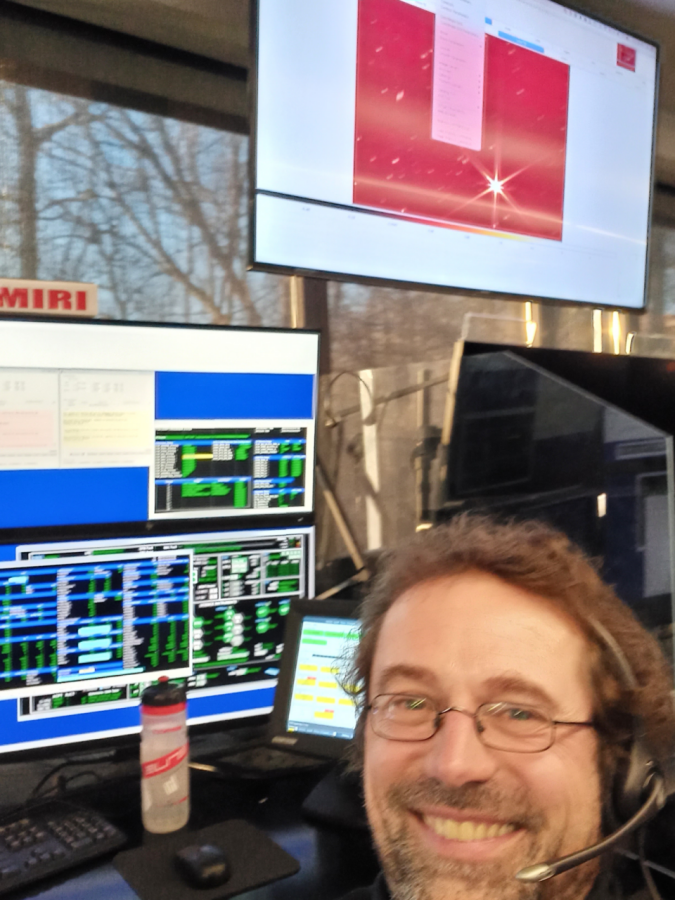
Instrument Testing
Mueller and Lahuis were part of the MIRI test team
- NASA Goddard (2015/16)
- Johnson Space Center (2017)
- In-orbit commissioning (2022)
The NL team led
- MRS PSF: observation planning
- MRS fringes: analysis and calibration
- MRS glints: analysis MRS was declared science-ready in June 2022
MRS Fringe Correction
The MIRI/MRS observations suffer from fringe issues, i.e., sensitivity variation due to standing waves in the detector. The amplitude of this variation can be up to 40%! In order to obtain genuine spectra, it is important to correct the fringe effects ("defringe"). We have made significant efforts for the defringe process:
- The pipeline reduces that amplitude to < 2% as required in two steps Division by a fringe flat (led by Mueller, Lahuis, Kester), based on in-flight data
- Residual fringe correction via sinusoidal fit (based on legacy code by Lahuis, Kester) is also available.
- A separate fringe-correction mechanism for point sources has been derived and validated (Leiden, Leuven, Groningen). In the future, we will make it accessible within the pipeline.
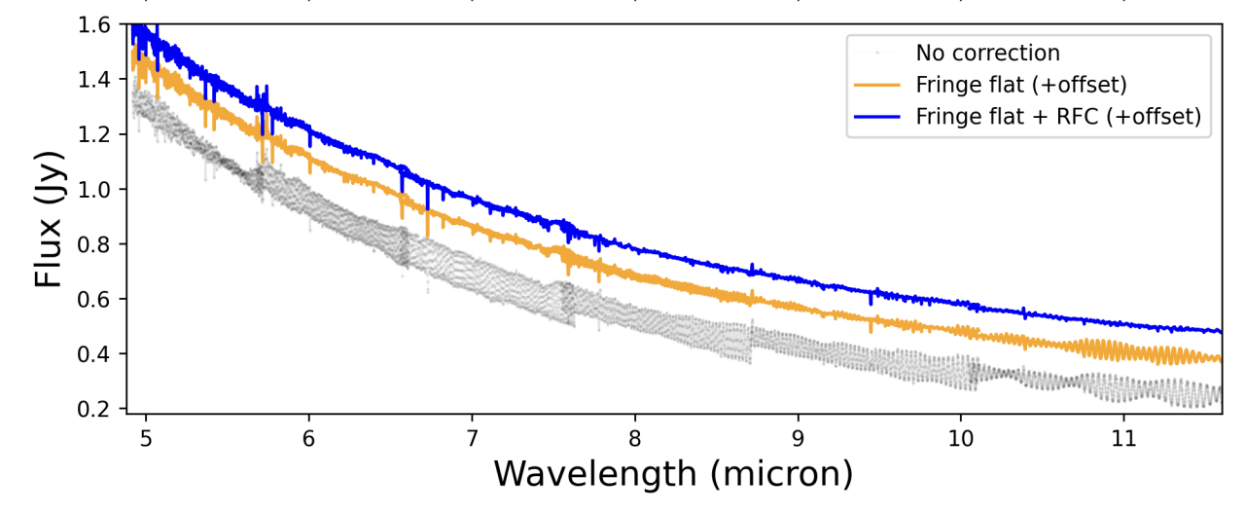
Community Support
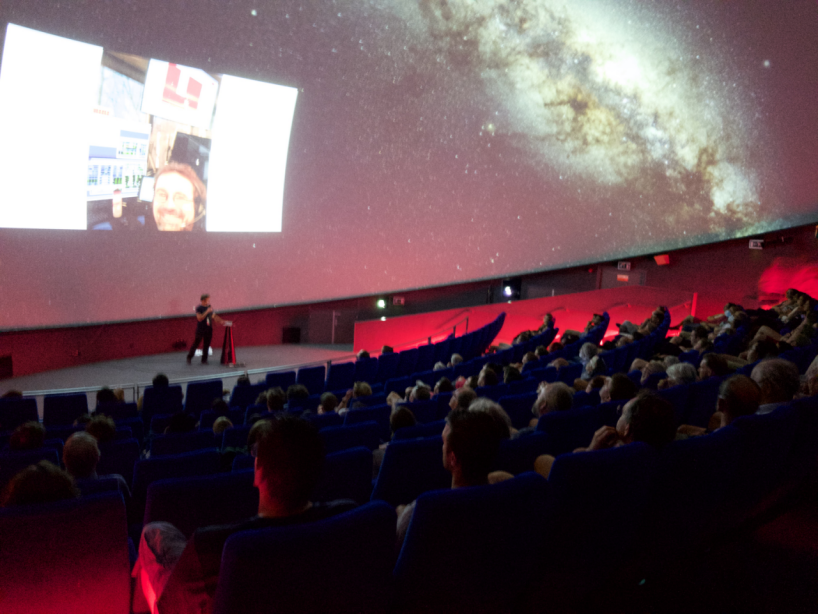
Science Support
We organized numerous support meetings and workshops, both for the NL community at large and around the Guaranteed-Time (GTO) teams. This includes workshops on observation planning and data reduction. In the first round of General-Observers (GO) proposals, Dutch-led programs enjoyed an above-average rate of success. Specifically, 40% of programs with a Leiden-based PI were approved versus an average of ~24%. The first results start coming in. MIRI team members support numerous observing teams individually.
Public Outreach
Many talks/events/interviews by the NL team.
Useful Webpages and documentation
